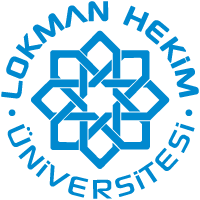A comparative analysis of four different surgical methods for treatment of sacrococcygeal pilonidal sinus
Tarih
2019Yazar
Ekici, Ugur
Kanlioz, Murat
Ferhatoglu, Murat Ferhat
Kartal, Abdulcabbar
Üst veri
Tüm öğe kaydını gösterÖzet
Objectives: Although many surgical methods have been described for sacrococcygeal pilonidal sinus treatment, the best option is still controversial. We aimed to compare postoperative outcomes of these different methods in terms of advantages and disadvantages. Methods: The records of 320 patients undergone surgery for primary or recurrent pilonidal sinus between May 2013 and May 2017 were retrospectively analyzed. Demographical data, pre operative stories, wound site infection, seroma development, wound dehiscence, time of healing, duration of return to work, and if there is any recurrence of 303 patients included in the study were recorded. Upon wide local excision, the first surgeon performed marsupialisation and the lay open technique, second surgeon performed vertical excision and primary closure, third surgeon performed Limberg flap transposition and fourth surgeon performed Karydakis' flap transposition. Results: There was no significant difference between the patients in terms of demographical characteristics. The duration of surgery was statistically significantly higher in primary closure method (p = 0.001). The mean duration of return-to-work was statistically significantly lower in primary closure method (p = 0.002). In primary closure method, the recurrence rate was found to be statistically significantly higher than the other methods (p = 0.009). Conclusion: We do not suggest the use of primary closure method in treatment of pilonidal sinus. Because of lower rates of recurrence and shorter durations of return to work, the Karydakis and Limberg methods are seen as safer methods when compared to lay-open and marsupialization method. © 2019

DSpace@LokmanHekim by Lokman Hekim University Institutional Repository is licensed under a Creative Commons Attribution-NonCommercial-NoDerivs 4.0 Unported License..













